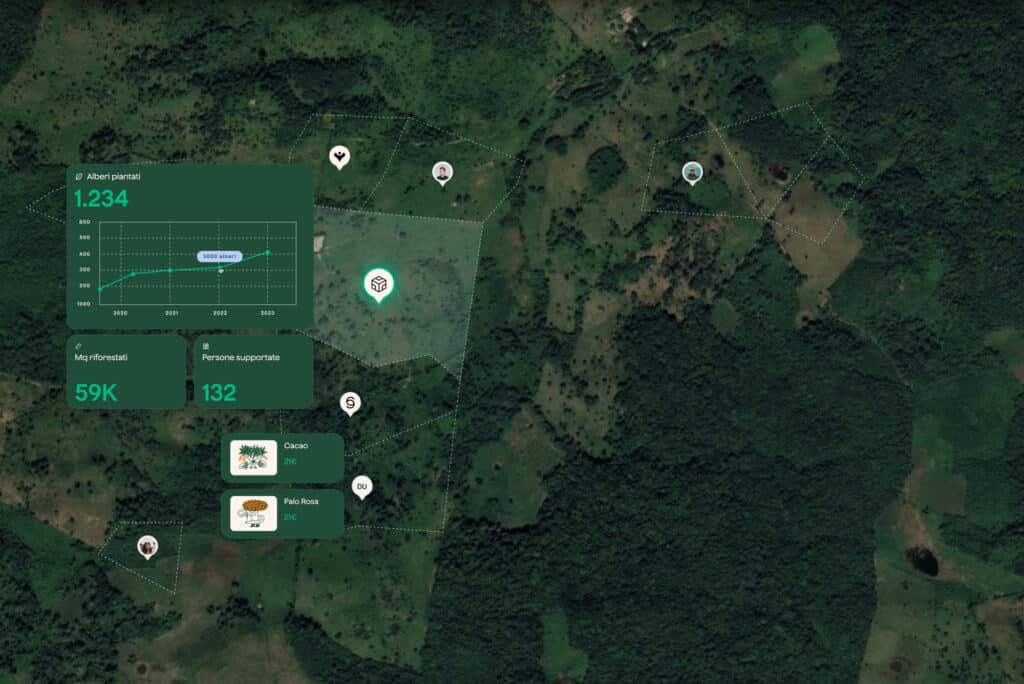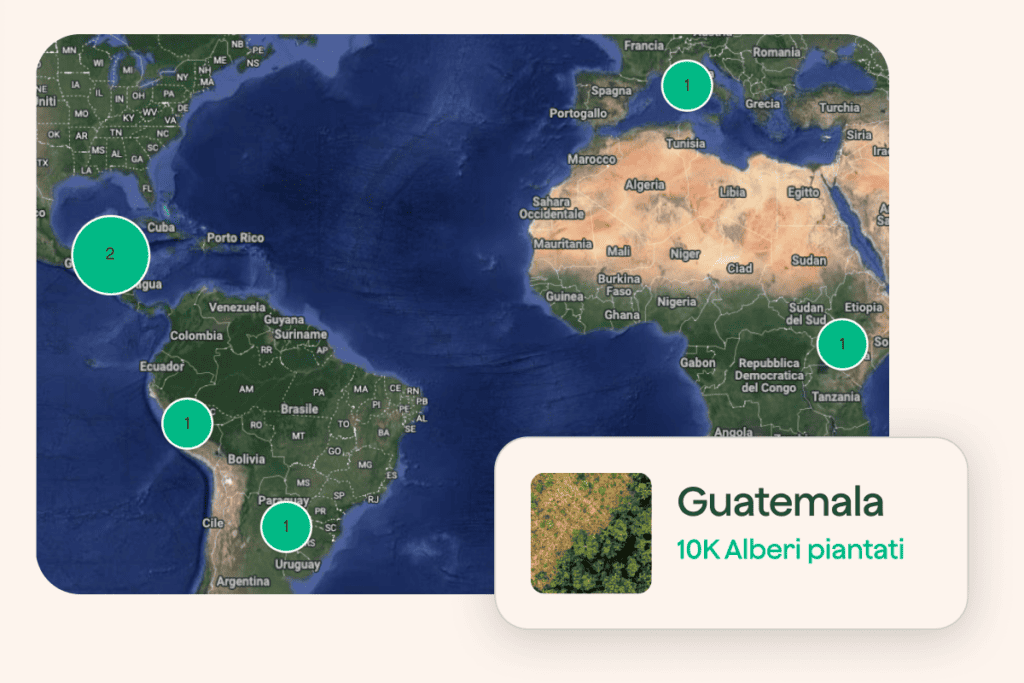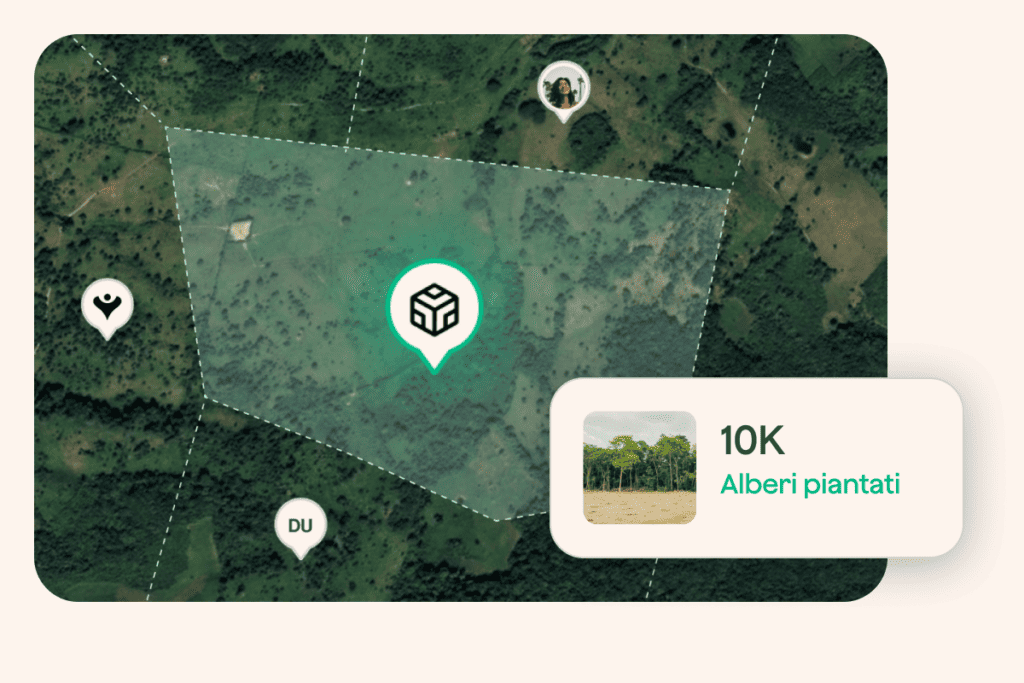The Conference of the Parties (COP) is an annual summit which gathers all countries that signed the United Nations Framework Convention on Climate Change (UNFCCC).
History of the Conference of the Parties
- The first mandatory protocol born under the United Nations Framework Convention on Climate Change was the Kyoto Protocol, which was signed during the third Conference of the Parties in 1997;
- At the twenty-first Conference of the Parties held in Paris in 2015, countries signed the Paris Agreement, a milestone in international diplomacy on climate change;
- At the twenty-seventh Conference of the Parties in 2022, another historic achievement was reached with the decision to create a Loss and Damage Fund. This fund is a way for industrialised countries to recognise their responsibility for the impacts of the climate crisis on the Global South and commit to compensate for these costs.
Read more
The United Nations Framework Convention on Climate Change (UNFCCC), signed in 1992, does not define any emission limit but requires participating countries to meet annually in a Conference of the Parties and to negotiate binding protocols and agreements.
Climate negotiations are very unique within international diplomacy in that they gradually involve more and more non-governmental actors and members of civil society in dedicated spaces. The Conferences of the Parties are hosted each year by a different country, which assumes the chairmanship of the negotiations and takes care of the logistics of the summit. Inevitably, the chairmanship of some countries can generate both geopolitical tensions and limit the ambition of negotiations in view of vested economic interests.
Although the Conferences of the Parties have become apex appointments for an increasingly broad range of actors involved in climate action, the negotiation itself often remains an arcane process only fully known to insiders. In contrast to the grandiose expectations fostered by the international media narrative, these negotiations often focus on the implications of individual punctuation marks and words, and do not always produce noteworthy results. Despite criticism and doubts about the effectiveness of these summits, the Conference of the Parties remains to this day a focal point for the conversation about the climate crisis and the negotiation of measures to counter it.











